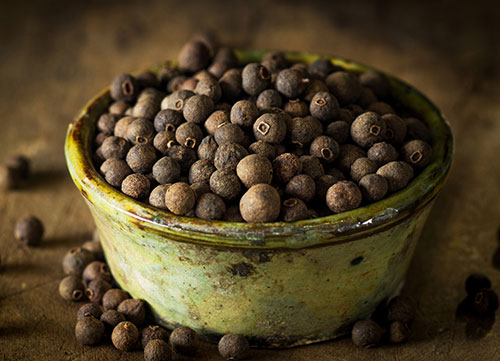
Allspice
Allspice as the name suggests has a blend of flavours; cloves, cinnamon, even nutmeg. The green berries are handpicked before they ripen, when the flavour is stronger. They are allowed to brown in the sun.
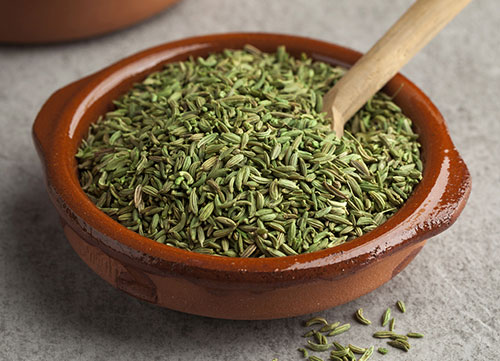
Aniseed
Aniseed are small, highly aromatic, greyish-brown seeds from the anise plant. These slightly curved seeds with a sweety, liquorice flavour are harvested and then dried. They are used to flavour curries and baked dishes.
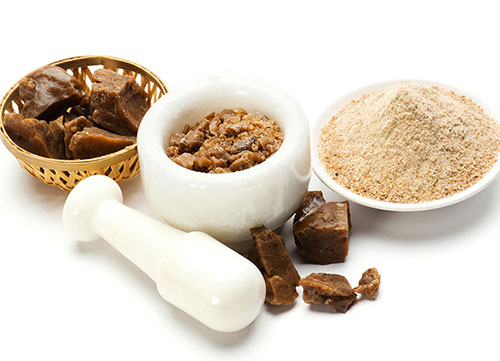
Asafoetida
Asafoetida also referred to as hing is a milky, gum-like resin obtained from the roots of the Ferula asafoetida plant. Known for its strong acrid odour it has been used for years in Indian cuisine.
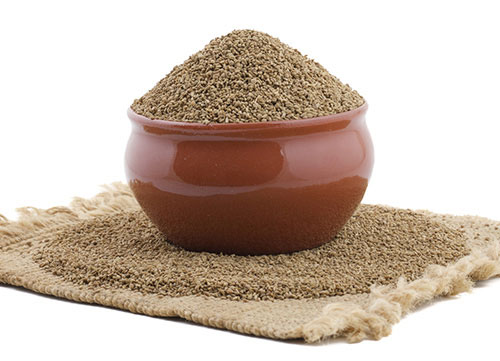
Ajwain
The tiny olive green or brown seeds of ajwain are also called carom seeds. Their slightly pungent aroma, similar to oregano, is the reason why they are used in a variety of pickles and other Indian foods.
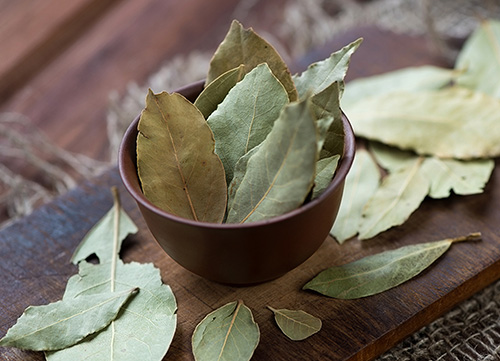
Bay Leaf
Bay leaves (Tej patta- the Indian version)) got from the bay laurel shrub are aromatic and are used as a seasoning in curries and biryani. The leaves are used fresh, dry or as a powder.
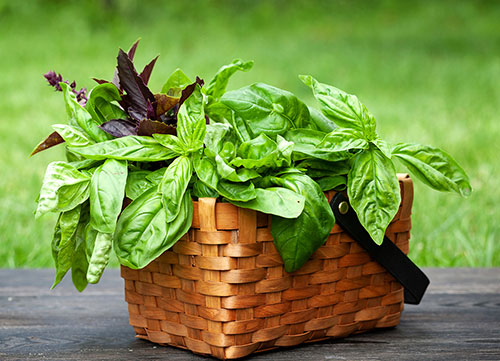
Basil
This flavoursome, green-leaf herb from the mint family is known by many names; French basil, Tulsi, Sweet Basil. Fresh or dried, the oval-shaped leaves are used to flavour sauces, teas and a variety of dishes.

Cambodge
The berries of Cambodge or Malabar Tamarind are red or yellow in colour, with seeds inside. The rind is the flavouring part and is used as a souring agent, in place of tamarind, in many Indian dishes.
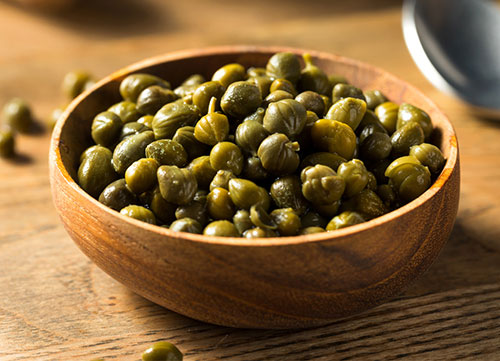
Caper
Capers are flower buds. They are green in colour and often cured or pickled in brine, oil or vinegar. They are used in curries and as a garnish in salads but can be rinsed before use.

Caraway Seed
Often confused with cumin because of its shape and colour, caraway has a slight curve and is darker, with stripes. Its distinctive strong earthy liquorice flavour finds use in sweets and savoury dishes.
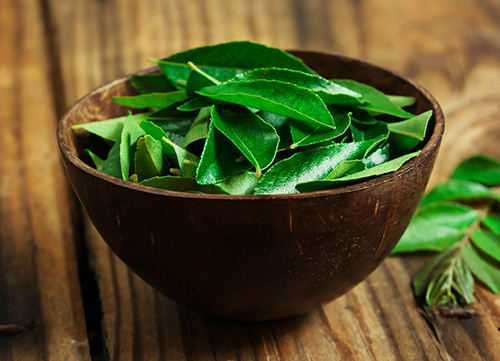
Curry leaf
The aromatic curry leaves or curry patta are used as a natural flavouring for dals, curries and most vegetable dishes. Both the fresh and dried leaves are used whole or chopped into small pieces.
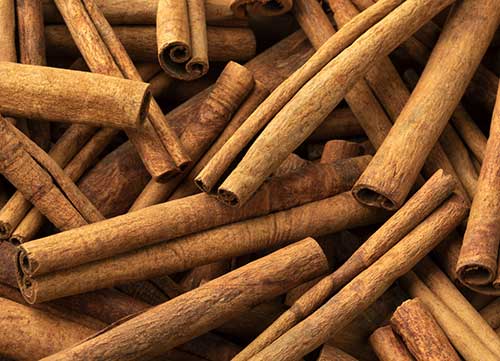
Cassia
Cassia, like cinnamon is the dried bark of a tree and is sometimes called Chinese cinnamon. The sticks of cassia are thicker and cheaper than cinnamon and are used to add flavour to food.
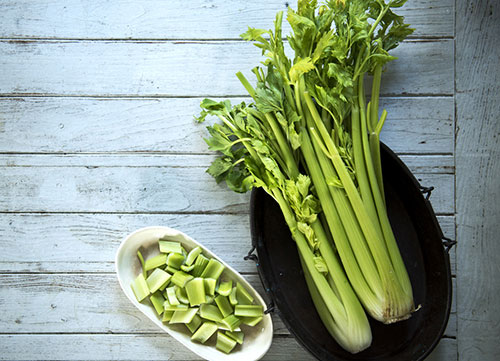
Celery
Both the fresh leaves and the crunchy firm stalks of Celery are strongly aromatic and are used to flavour a variety of soups, salads, dips, bakes and other dishes.
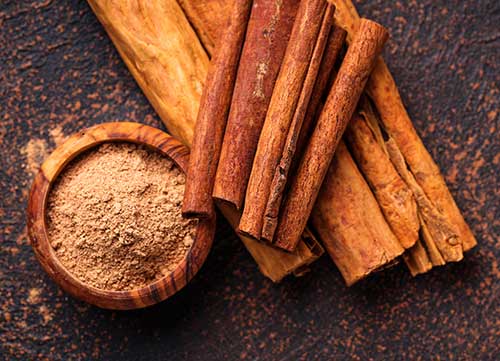
Cinnamon
Cinnamon has its own unique sweety, wood aroma. This spice is the inner bark of the Cinnamomum tree which when dried, curls into rolls. It is used in strips or ground into a powder.
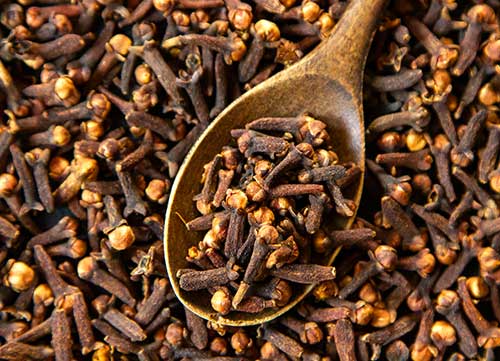
Cloves
A highly aromatic spice, cloves, are actually unopened flower buds that are air-dried. Used to season a variety of foods, beverages, cakes and cookies, they can be used whole or in the ground form.

Coriander
The Spanish name for coriander leaves is cilantro. The green leaves along with the fine stems are chopped and used to flavour and garnish most Indian dishes. The dried seeds are also used as a spice.
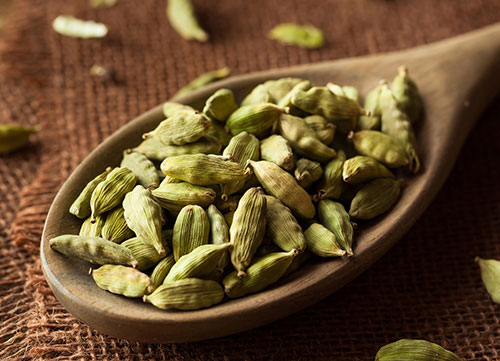
Cardamom (green)
Cardamom is a rough green pod with tiny black seeds inside. The pods with a neutral flavour are used whole or split. The seeds inside have a warm aromatic flavour and are ground and used.
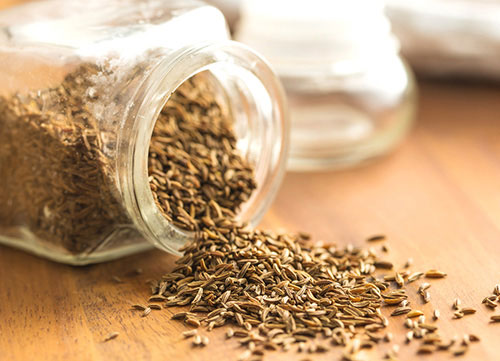
Cumin
Cumin, also known as jeera, is available both in the dried and whole form. The small seeds are slightly lighter than caraway and with ridges. Cumin is an important ingredient in most mixed spices.
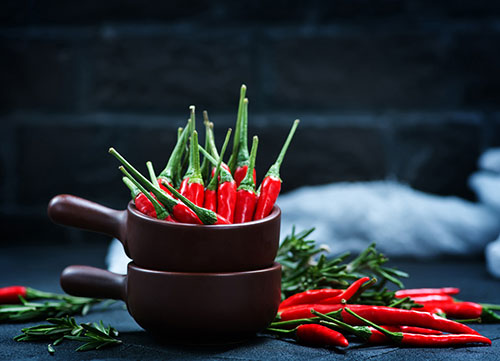
Chillies
Chillies, both red and green, are used in all kinds of cuisines around the world to spice up a dish. The substance responsible for that ‘burning’ feeling you experience when you eat chilli is capsaicin.
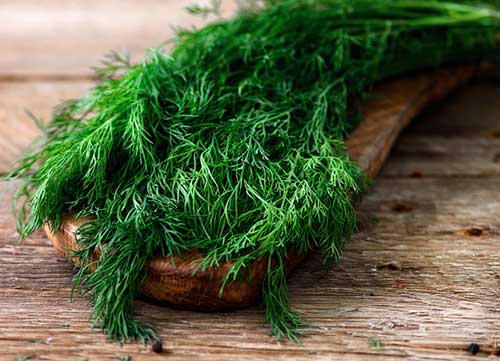
Dill
The feathery leaves, stems and tiny brown seeds of this flavoursome herb can all be eaten. Sprigs of fresh dill are used to garnish salads, soups and other dishes. A pinch goes a long way!
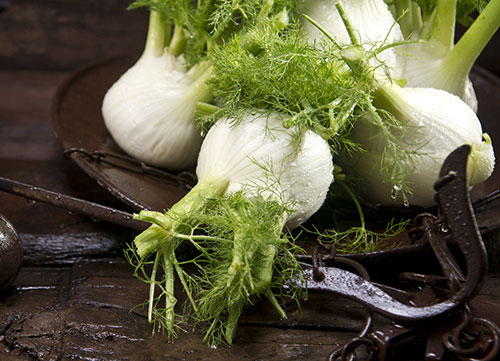
Fennel
Most parts of the fennel herb, can be used. The whitish-green bulbs, the green stalks, the feathery leaves are all used to flavour food. The seeds / saunf are often chewed on after a meal.
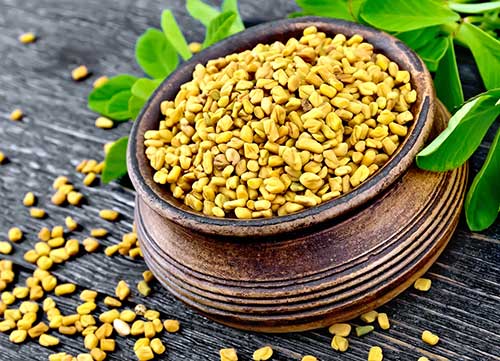
Fenugreek
Fenugreek is another flavouring agent used in Indian and other cuisines. These small, squarish brown seeds, also known as methi, have a slight bitterish taste and are used in curries, soups, chutneys and pickles.

Garlic
Garlic and its counterpart ginger are synonymous with Indian cooking. The hard bulbous root has several strongly garlic-flavoured cloves within and is covered with a white/pink thin sheet. Garlic, garlic-powder, etc., all add flavour.
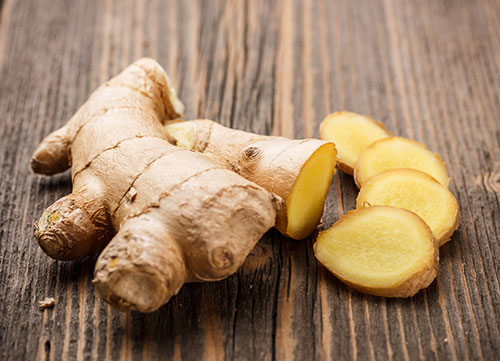
Ginger
One of the most commonly used spices in Indian cuisines is ginger. It is used in different forms; fresh, dried, ground, preserved or as a powder. It is used to flavour curries, pickles and even tea.

Greater Galanga
Greater galanga/galangal is a rhizome (underground stem) from the ginger family but is not ginger. It has a spicy pungent taste. Chopped, grated or as a paste it is used to flavour different dishes.
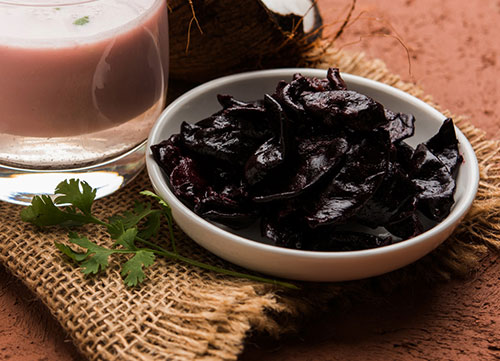
Kokum
Kokum is a small fruit with a sour taste. It is red in colour but turns purply black on ripening. Both the fresh and the sun-dried variety add colour and a tangy taste to food.
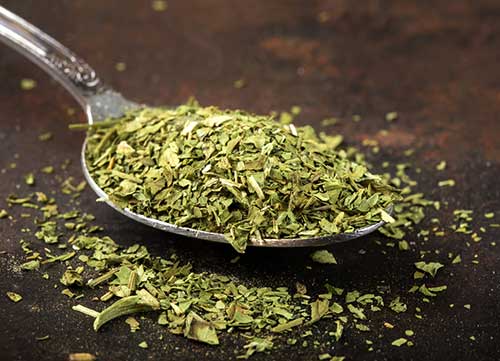
Lovage
Both the stalks and green leaves of lovage are used as flavouring. The stalks give a celery -like, parsley-like taste to soups, salads and other dishes. The leaves can be shredded or cut into strips.

Large Cardamom
Also known as Badi elaichi or Kali elaichi, large cardamon are dark brown or black seed pods. Rough and wrinkly with a smoky flavour they are used in different dishes, food essences, medicines and perfumes.
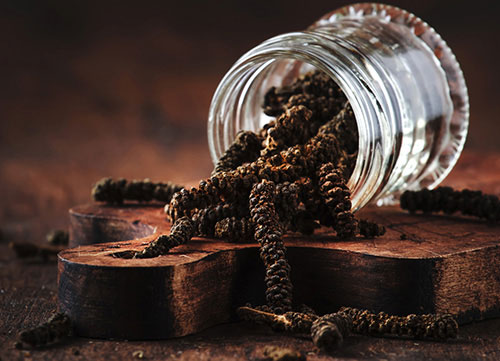
Long pepper
Long pepper or pippali is the fruit of a plant used in Indian cuisine. It also has many medicinal benefits. The dried spice can be ground and used as seasoning. It has a stronger flavour than pepper.

Mustard
Mustard is one of the oldest spices. There are three varieties; the black and brown have a more pungent flavour, while white mustard is mild. It is widely used in pickles, chutneys and other Indian cooking.
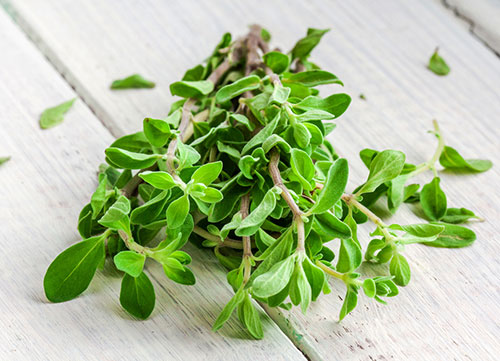
Marjoram
The greenish -grey leaves (fresh and dry) of Marjoram are aromatic. They could be mistaken for oregano but have a milder flavour, which they impart to soups and salads when used as a garnish.
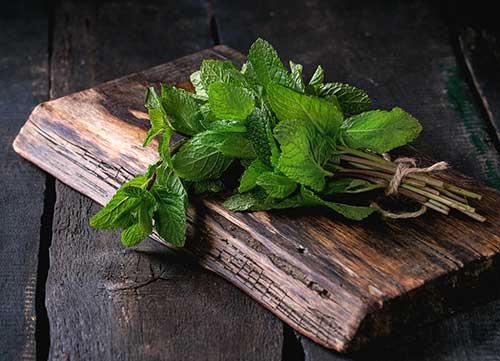
Mint
The green leaves of fresh mint are chopped and used to flavour several vegetable dishes. Soups and salads are garnished with a sprig of mint. Mint chutneys are a favourite with Indian kebabs and biryanis.
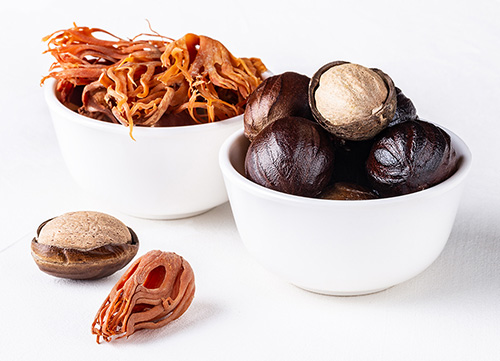
Nutmeg & Mace
Mace and nutmeg are two spices got from the same plant. While nutmeg is the hard inside, mace is the red, soft lacy outer covering. Both are used to flavour baked goods and other dishes.

Oregano
Oregano is a herb from the mint family. Both the fresh and dry leaves are aromatic and add a strong and slightly pungent flavour to pastas, pizzas and other savoury foods. Flavours depend on the variety.
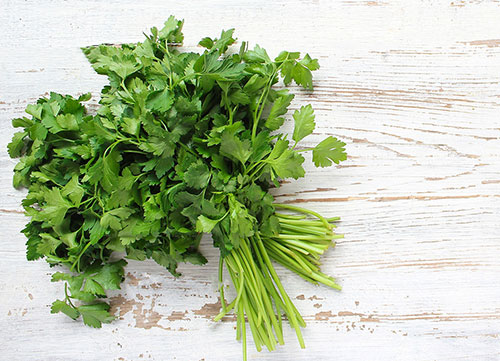
Parsley
The fresh and dried leaves of parsley are used to garnish and enhance the flavour of cuisines all over the world. Fresh green leaves are sprinkled over salads and soups to add colour and flavour.
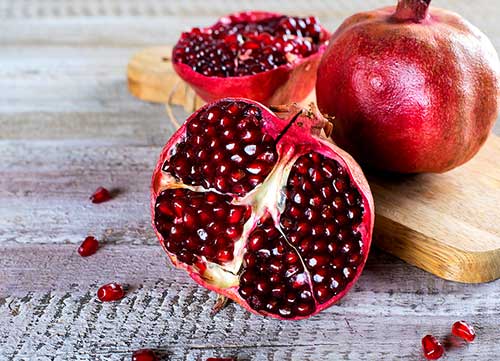
Pomegranate
The ruby red, juicy seeds of pomegranate are an interesting addition to a variety of salads and chaats. They have a unique flavour that enhances the taste of a variety of savouries, sweets and desserts.
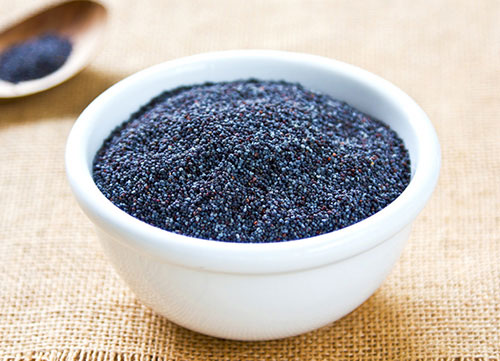
Poppy seeds
The tiny poppy seeds /khus khus are an important condiment in Indian cuisine. Although got from the same plant from which opium is extracted, the seeds are harmless and are also used to produce edible oil.
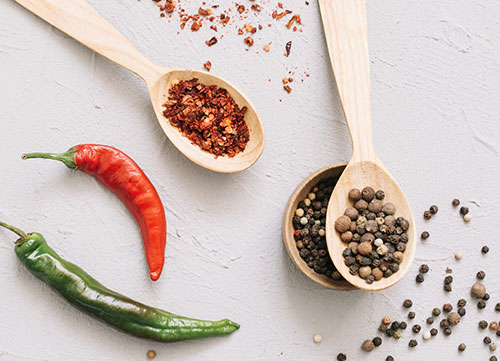
Pepper
Pepper is a common spice used widely either as whole pepper corns or as powder. Most dining tables sport pepper alongside common salt. It can be used as a seasoning to almost any type of food.
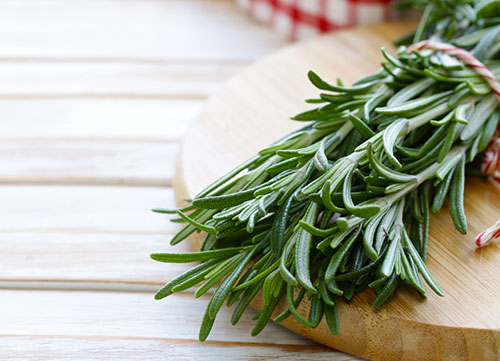
Rosemary
Rosemary is an aromatic herb with thin delicate needle-like leaves. It is used to season all kinds of dishes. The green leaves can either be chopped or whole sprigs used to flavour food.
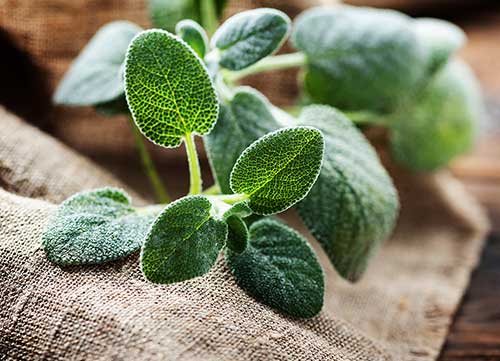
Sage
The aromatic herb sage can be used both fresh and dried. Its green, oval-shaped leaves add a unique warm flavour to foods. Sage can be mixed with other herbs to complement the flavour of a dish.
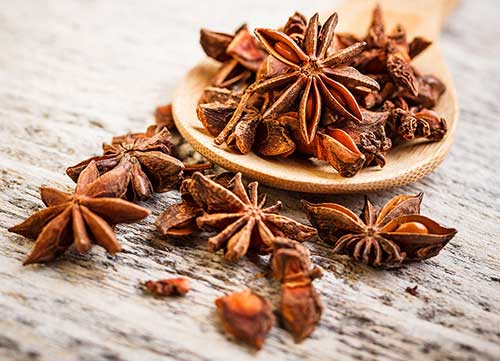
Star Anise
The spice star anise gets its name from the pod of the plant which is star-shaped. Both the pod and the seeds within are used to flavour biryanis and other traditional Indian cuisines.
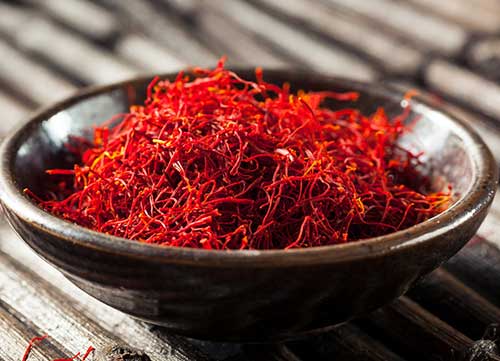
Saffron
One of the most expensive spices, saffron is rightly called the ‘King of spices. Saffron-threads are handpicked from flowers- a laborious exercise! This luxury spice adds colour and aroma to any cuisine.
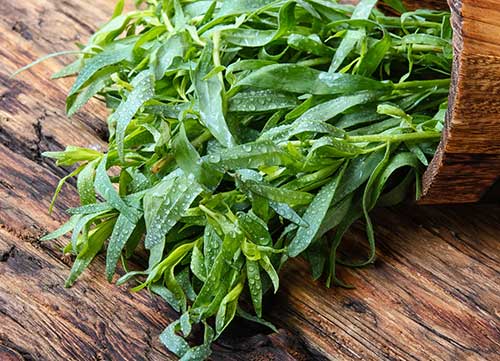
Tarragon
Tarragon is a highly aromatic herb. A sprig of the green, narrow, tapering leaves of fresh tarragon can be used directly in dishes like salads, sauces and salad dressings, or can be chopped into pieces.
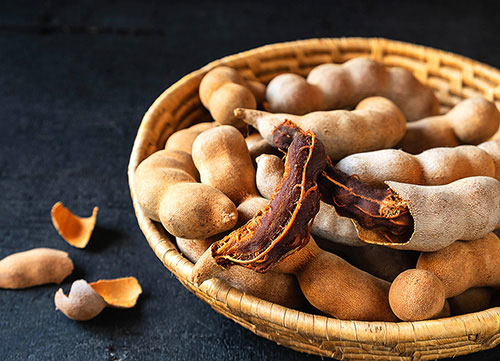
Tamarind
Green bean-like pods that turn brown when ripe are produced on a tamarind tree. The pulp of the ripened pods is reddish brown and is used as a souring agent in curries, pickles and chutneys.
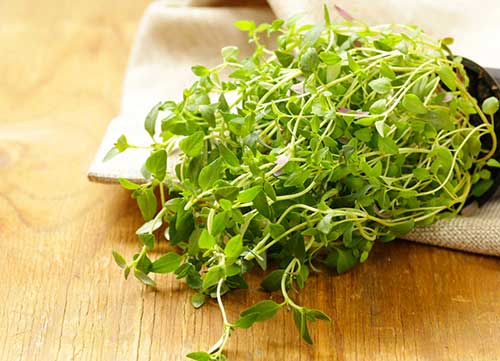
Thyme
The leaves of the fragrant herb thyme are small and don’t require chopping to be added to a dish. They can be added at the start of a recipe. Both the fresh and dried add flavour to dishes.

Turmeric
The golden-yellow spice turmeric is a rhizome that is used to add colour and flavour to most dishes. Turmeric powder with its mild bitter-sweet flavour is added to vegetable dishes, curries, pickles, soups, even smoothies.
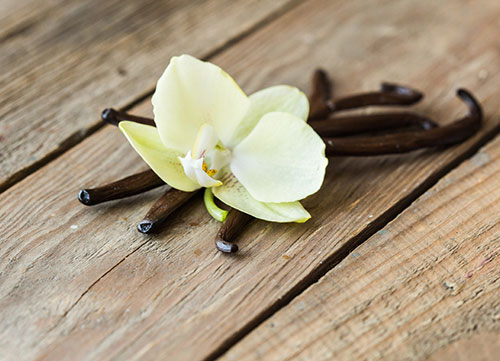
Vanilla
One of the most popular flavours in the world, vanilla is got from pods from the vanilla plant. The fresh pods have no smell. The fragrant aroma is released only after the pods are cured.

